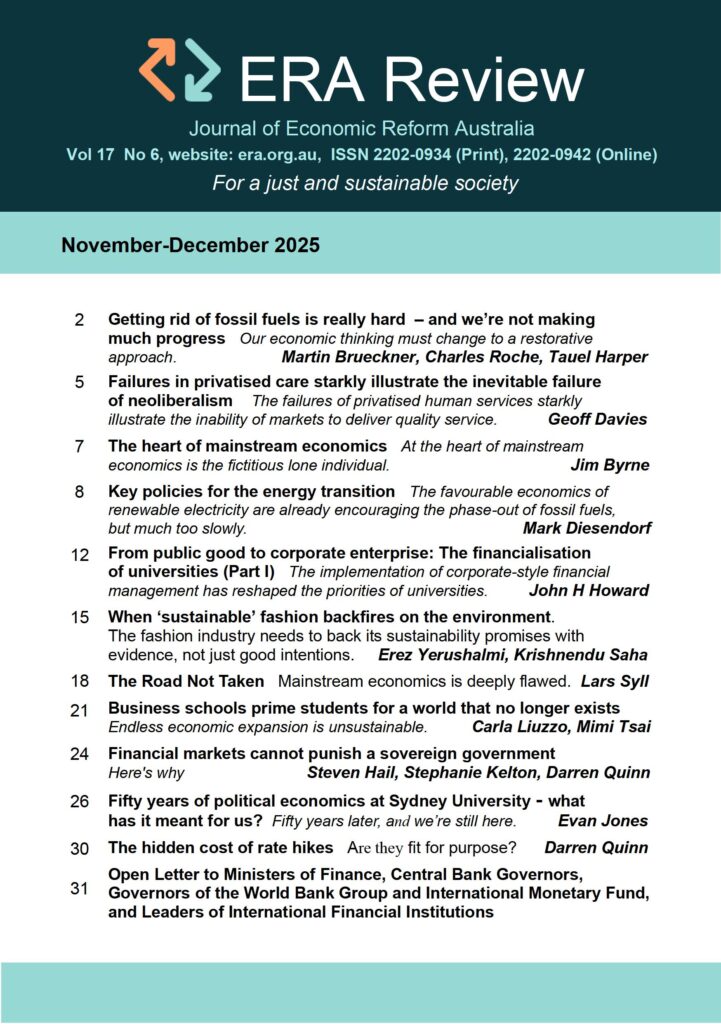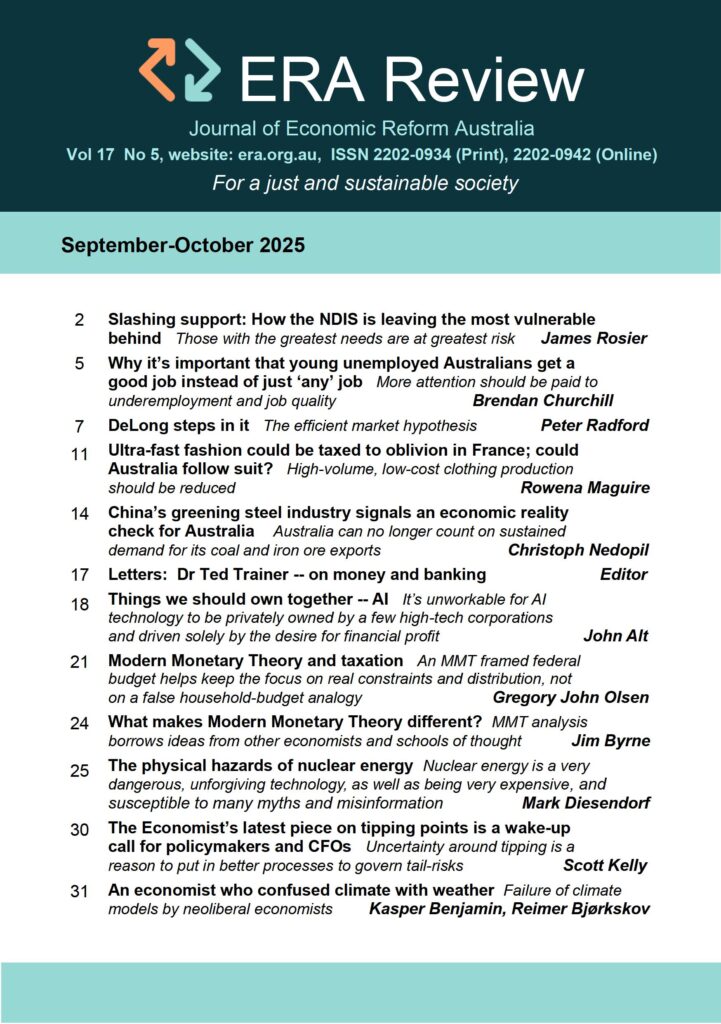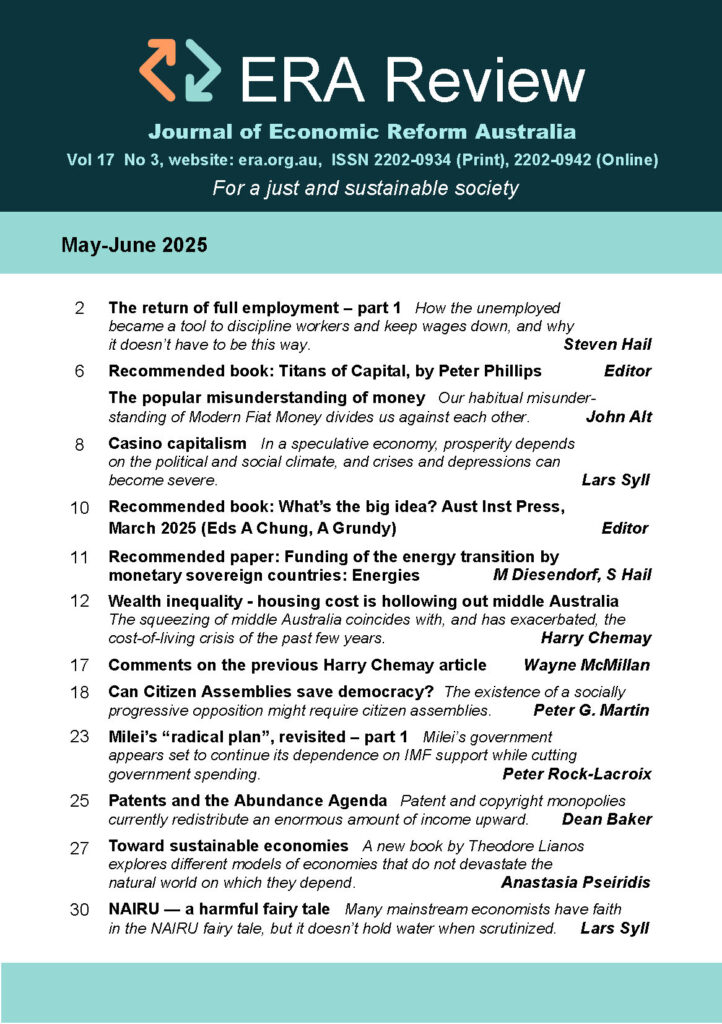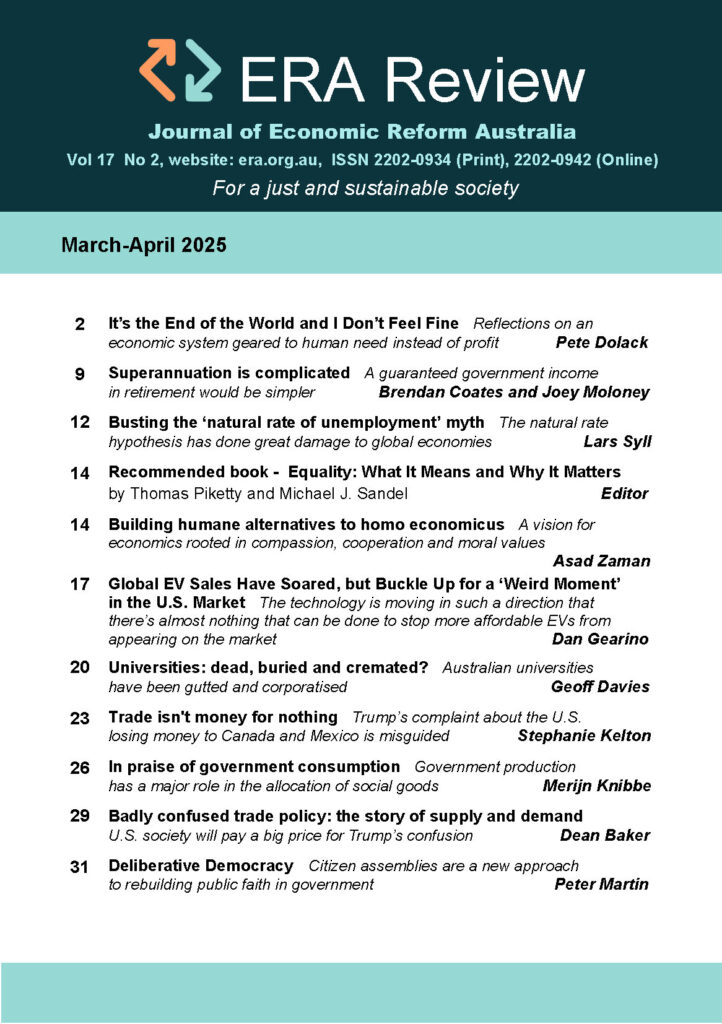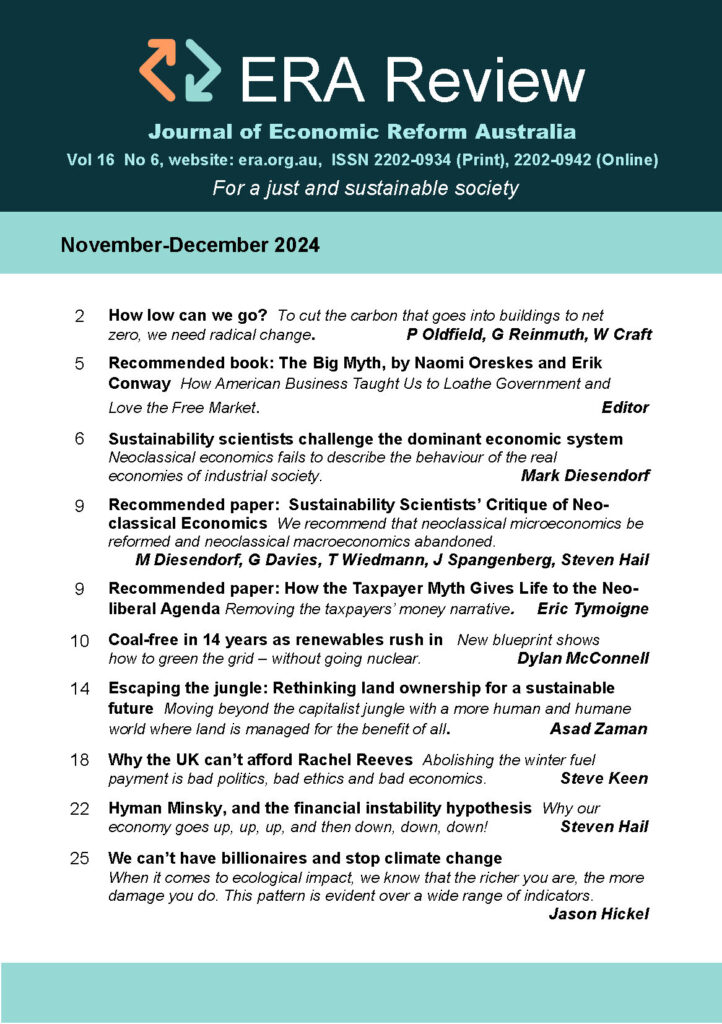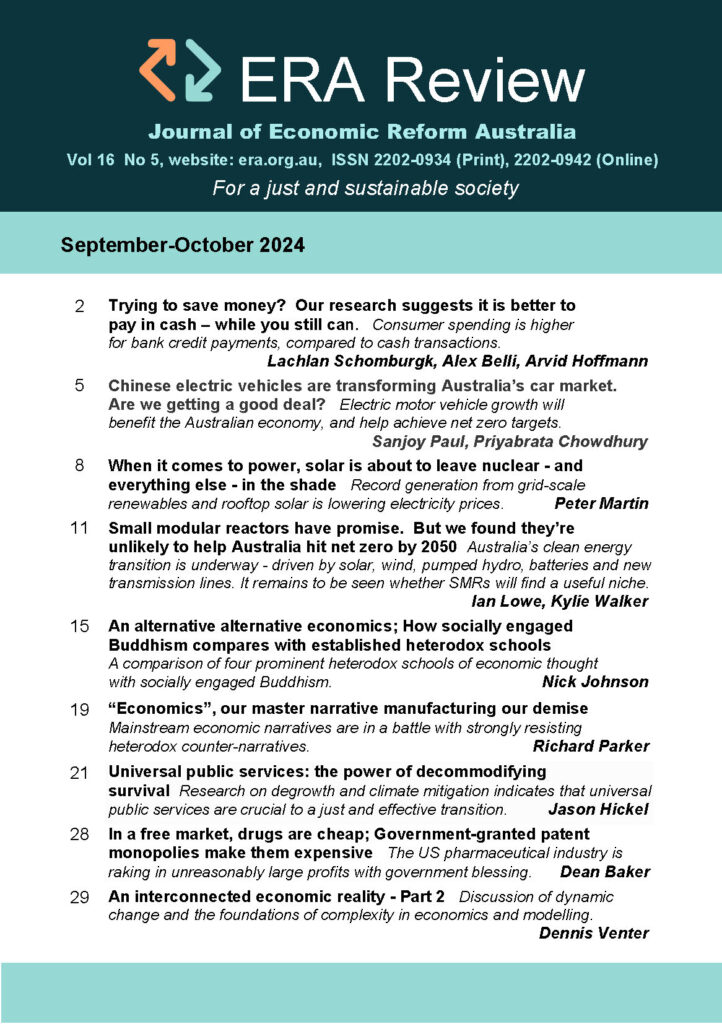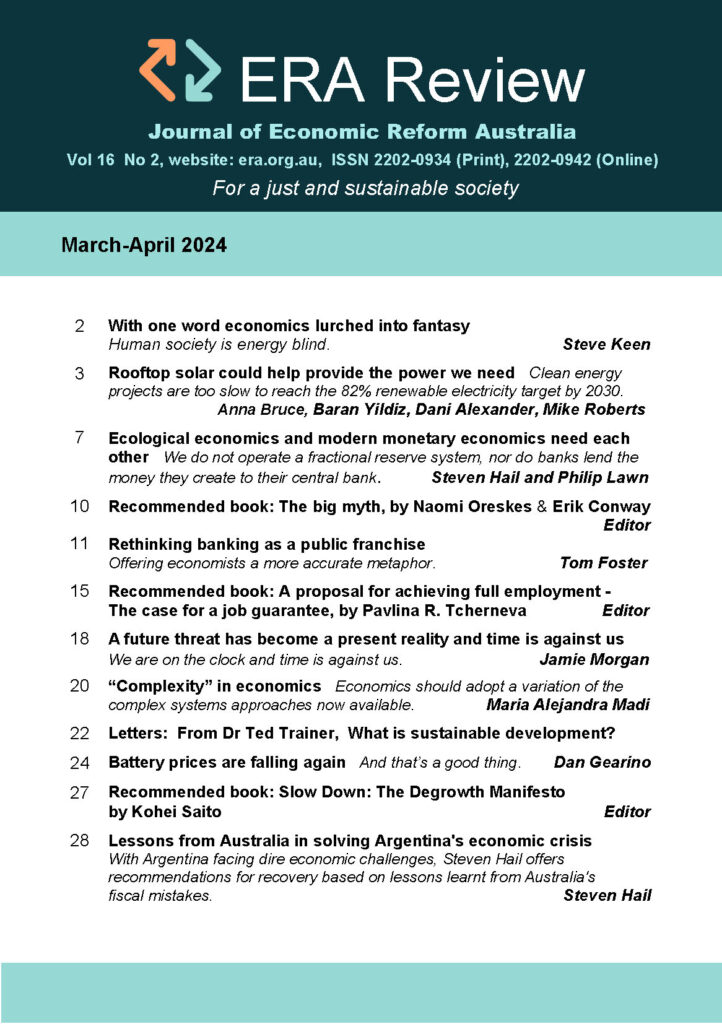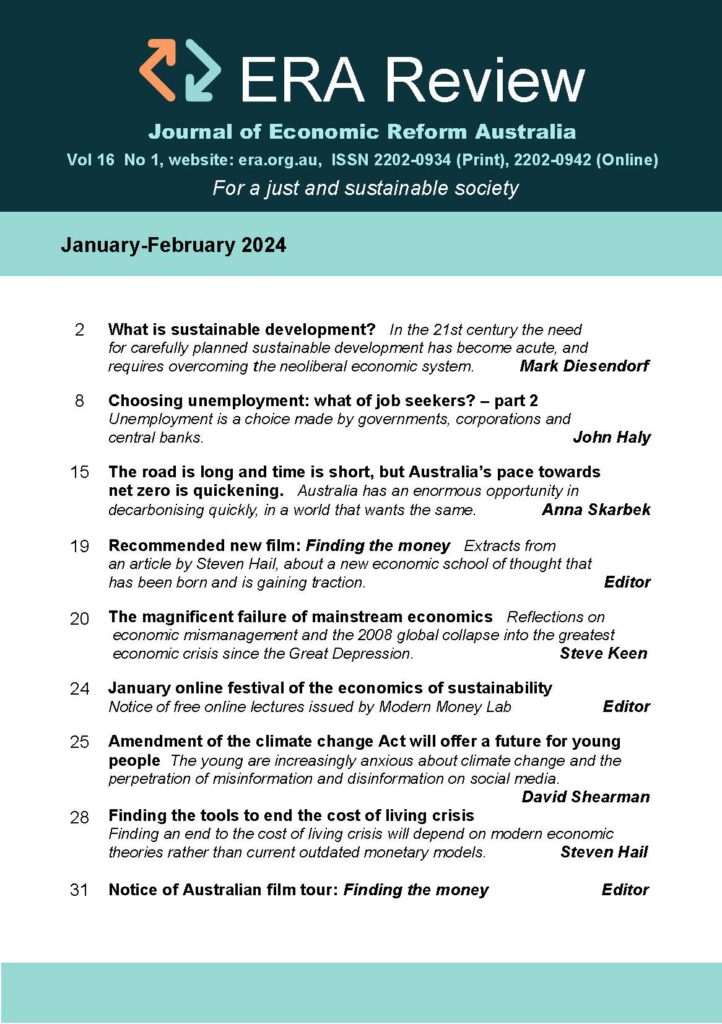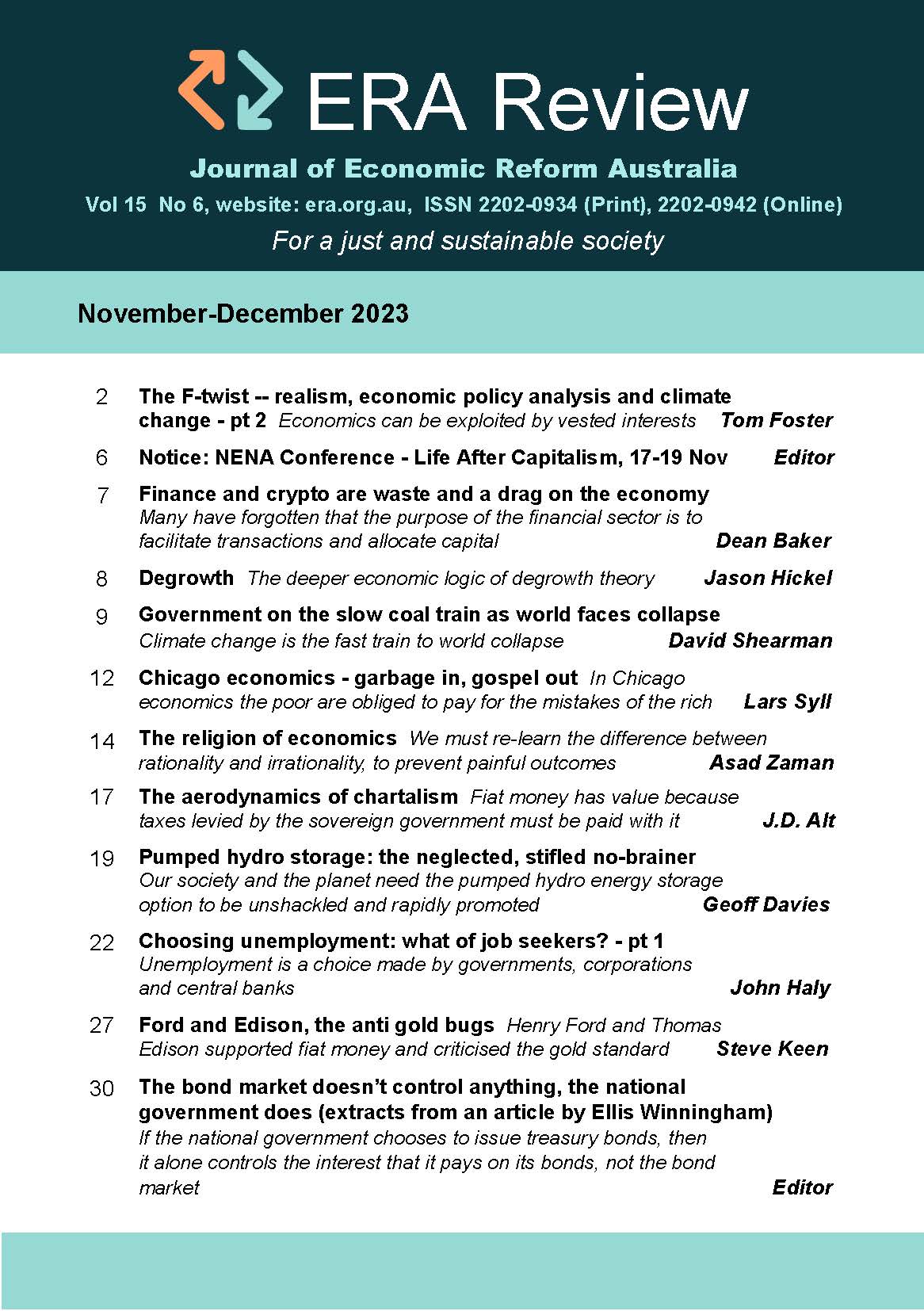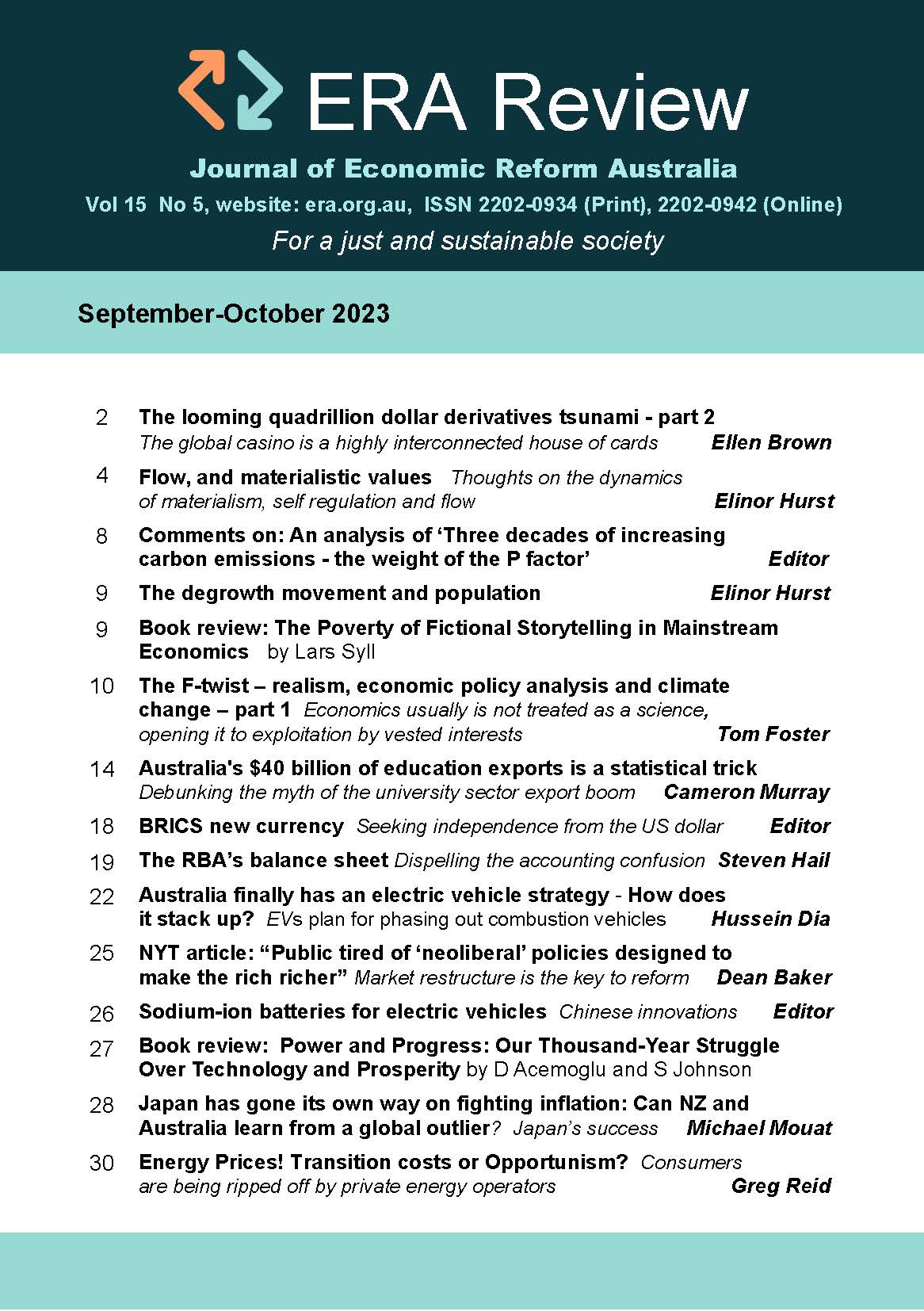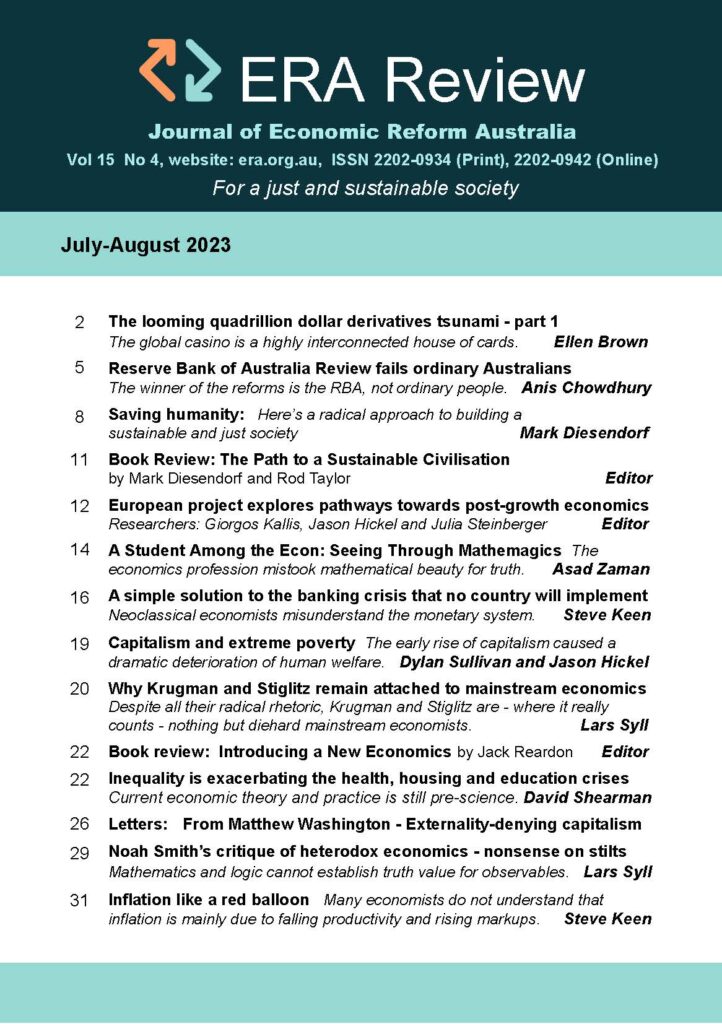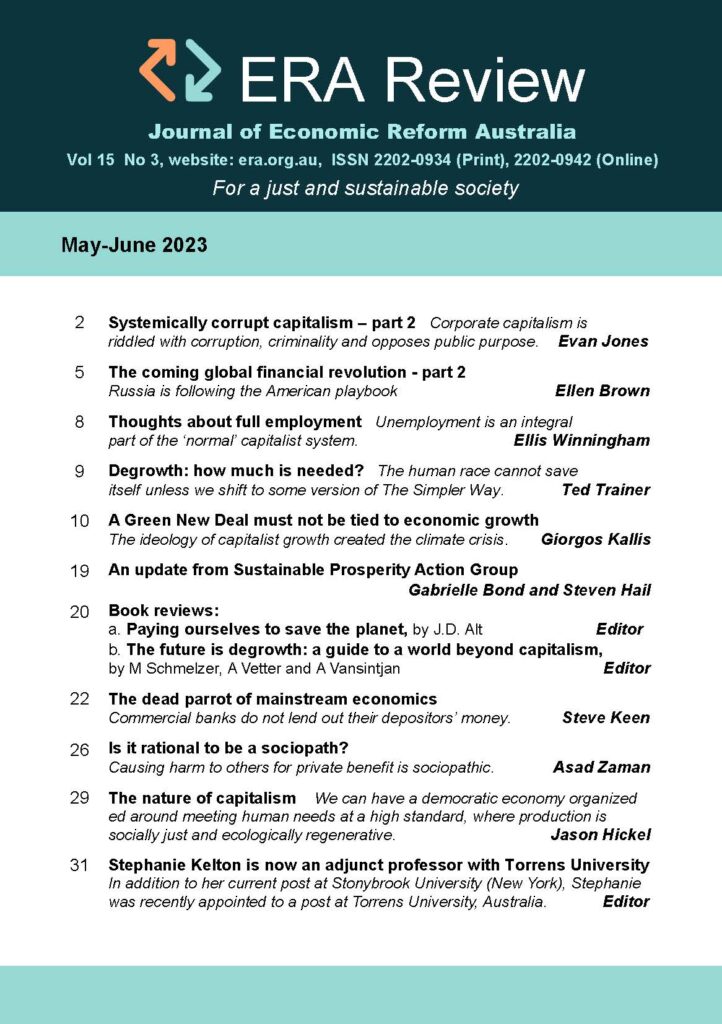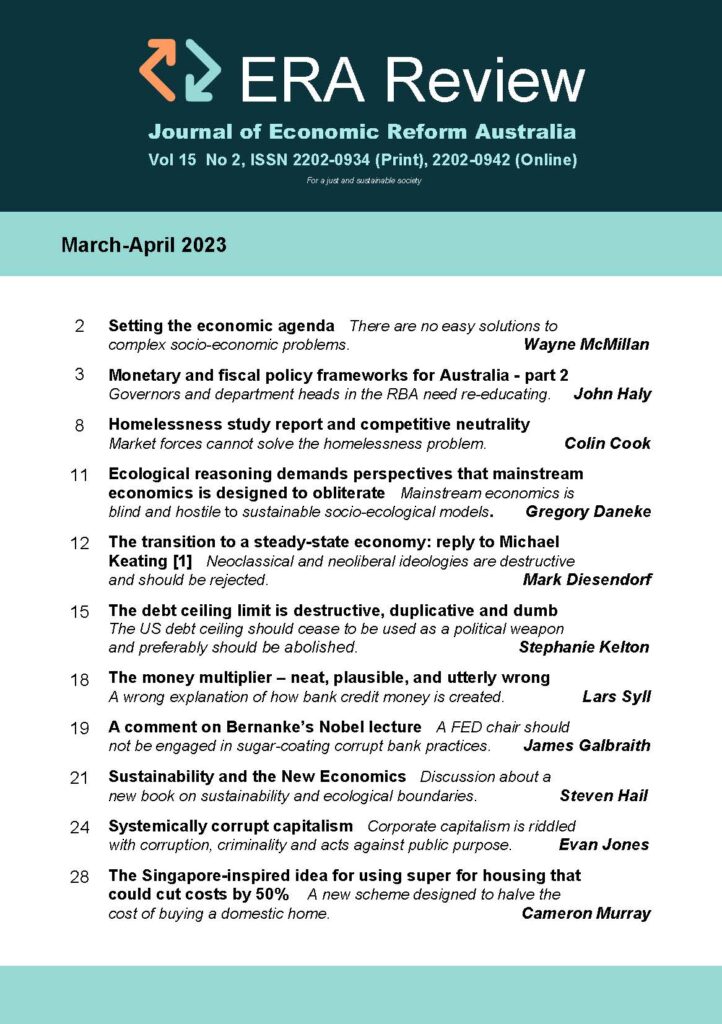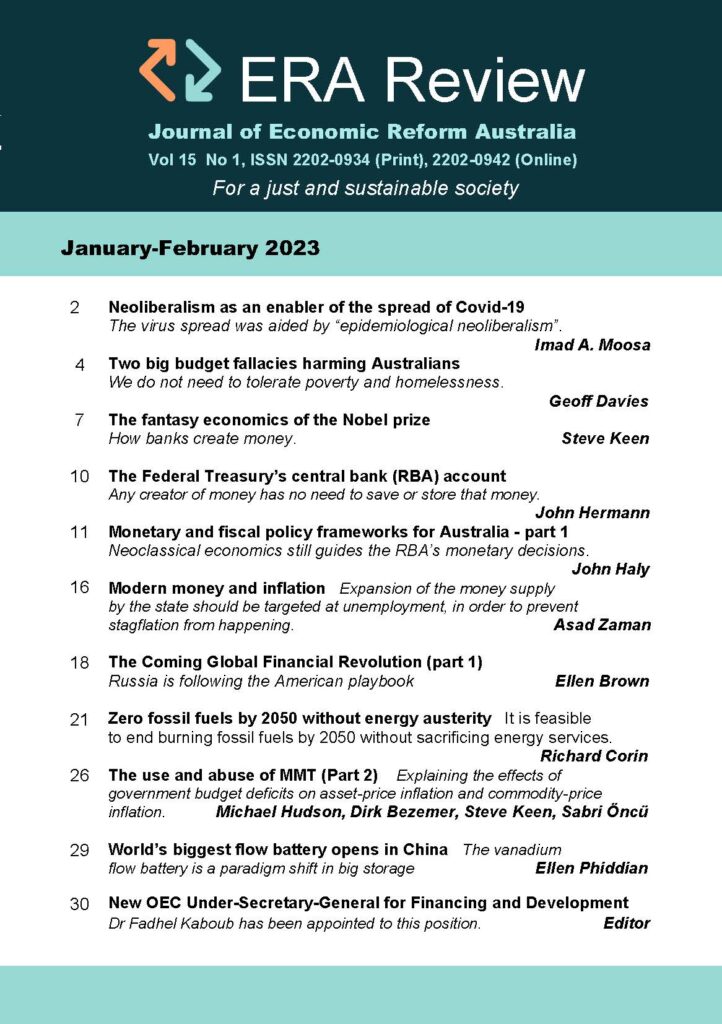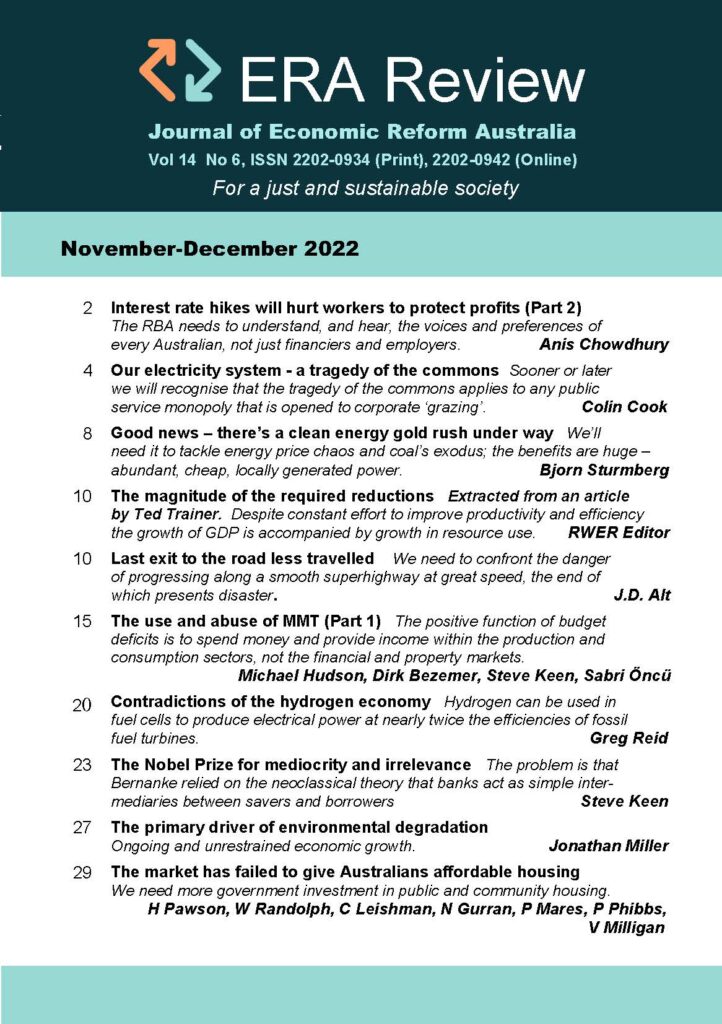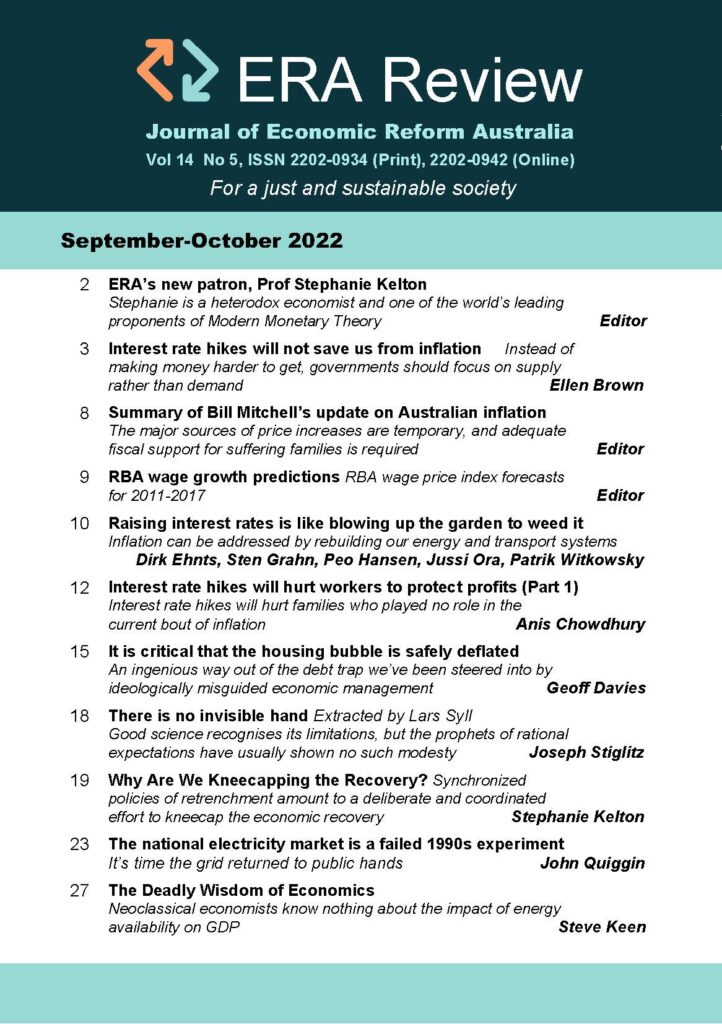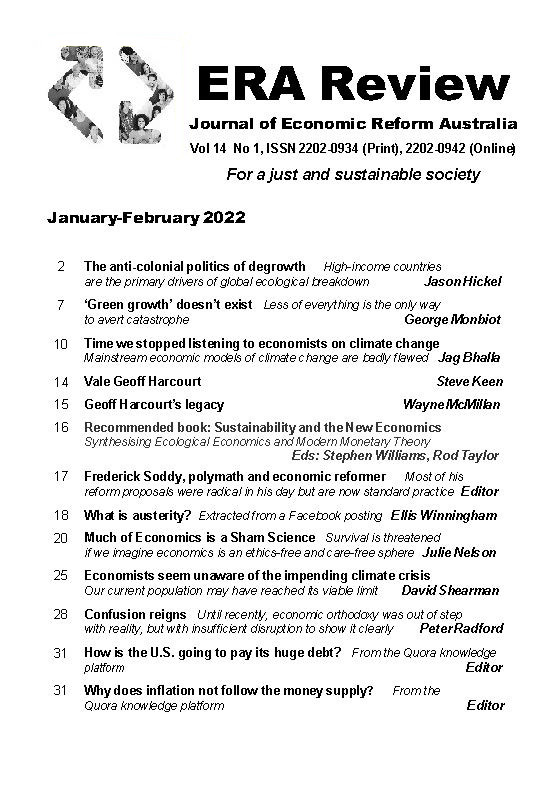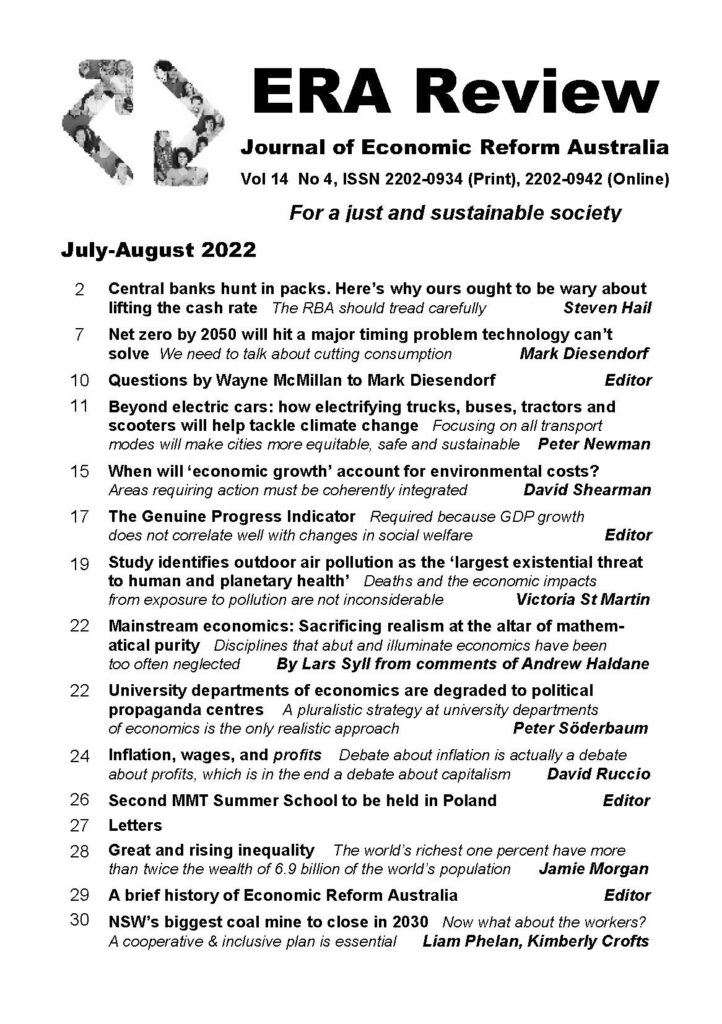Milei’s “Radical Plan”, revisited – part 2
Peter Rock-Lacroix
In 2023, Javier Milei pitched dollarization as the path toward prosperity for Argentina. Two years on, it’s the peso and the past that remain.
What If Milei Had Dollarized?
It’s tempting to wonder what might have happened if Milei had followed through on his boldest promise: which was to replace the peso with the U.S. dollar. For a few months in late 2023, it looked like Argentina might actually try it. Milei supported a detailed plan developed by the economists Nicolas Cachanosky and Emilio Ocampo, proposing converting central bank assets into foreign-held bonds, dollarizing bank deposits, and gradually phasing out the peso, as explained by Cachanosky in a Mercatus Center interview. They argue that dollarization would eliminate the inflationary power of the central bank, restore credibility, and formalize Argentina’s already widespread use of the dollar in savings and transactions. Cachanosky described it as a “commitment device” for a country with weak institutions and a long record of broken promises.
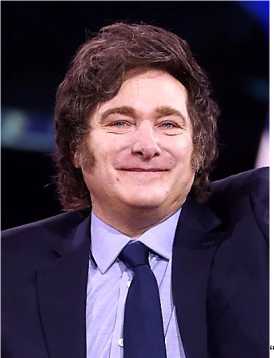
But critics pointed out serious risks. Argentina lacked the reserves to carry out the conversion, and there were fears of panic and financial disruption. More broadly, implementation of dollarization would mean giving up control of interest rates, crisis response tools like quantitative easing, and the ability to manage the exchange rate. Analysts at the Economics Observatory warned that Argentina’s economy isn’t closely aligned with the U.S., so that dollarization would tie it to interest rate decisions made for a different context. This could deepen any recessions and undermine exports like agricultural products when Argentina needs looser policy but the U.S. economy doesn’t.
We will likely never know exactly how dollarization would play out, but for now it remains a striking “what if” in a country still searching for stability.
Where Does Argentina Go from Here?
Many might say that Argentina faces two broad choices: continue hedging between models or adopt dollarization. However, a third path exists, namely in reclaiming full monetary sovereignty. Modern Monetary Theory (MMT) economist Warren Mosler has proposed an alternative that includes a floating exchange rate, a permanent 0% interest rate, eliminating government securities, a Job Guarantee, and other bank regulations. Another prominent MMT economist, Steven Hail, supports Mosler’s ideas but stresses that Argentina’s structural vulnerability must be addressed first, especially its exposure to foreign debt and inflation, to make monetary sovereignty effective.
Were Argentina to pursue an MMT-informed agenda, it would face many obstacles. Perhaps the largest is the widespread reliance on U.S. dollars across the economy, known as informal dollarization. In 2024, Argentines were estimated to hold around $US 277 billion outside the formal financial system, nearly half the country’s annual GDP. Much of this wealth is stored in cash at home, within safety deposit boxes, or in offshore accounts. This practice reflects deep and long-standing distrust in the peso, which has been shaped by decades of inflation, abrupt policy shifts, and financial crises such as the 2001 “corralito”. Dollar useage is deeply embedded in real estate transactions, parallel exchange markets, and private savings habits, which limits the effectiveness of peso-based reforms.
Even if Argentina adopted a floating exchange rate or a Job Guarantee, these informal dollar practices would continue to restrict the government’s ability to stabilize the economy using its own currency. While informal dollarization presents a serious challenge to monetary sovereignty, it also provides the strongest argument in favour of adopting the U.S. dollar as the official currency. By formalizing what is already widespread practice, the government could potentially draw some of the dollars held outside the banking system back into circulation, improving liquidity and expanding credit. But there is no certainty that people would deposit their savings just because the dollar became the official currency. Deep mistrust in Argentine institutions may run deeper than the currency itself. Without credible reforms to restore public confidence, those dollars could remain hidden, regardless of whether the peso is officially replaced.
Conclusion: Beyond Familiar Failures
Argentina continues to cycle through a variety of managed exchange rates, fiscal austerity, IMF dependency, and recurring proposals for dollarization. Despite his radical campaign rhetoric, Milei’s actual policies have followed a familiar script. In contrast, MMT presents a framework for achieving genuine monetary sovereignty through use of domestic tools like a floating exchange rate and a Job Guarantee.
But theory is only part of the equation. The deeper challenge lies in trust. As Hyman Minsky once observed, “Anyone can create money; the problem is to get it accepted.” Argentina’s history of inflation, policy shocks, and financial crises has eroded confidence in the peso. Informal dollarization is no longer just a response to volatility. It has become a structural constraint that undermines efforts to govern with a sovereign currency.
Peter Rock-Lacroix is a student at the Modern Money Lab, Torrens University.

